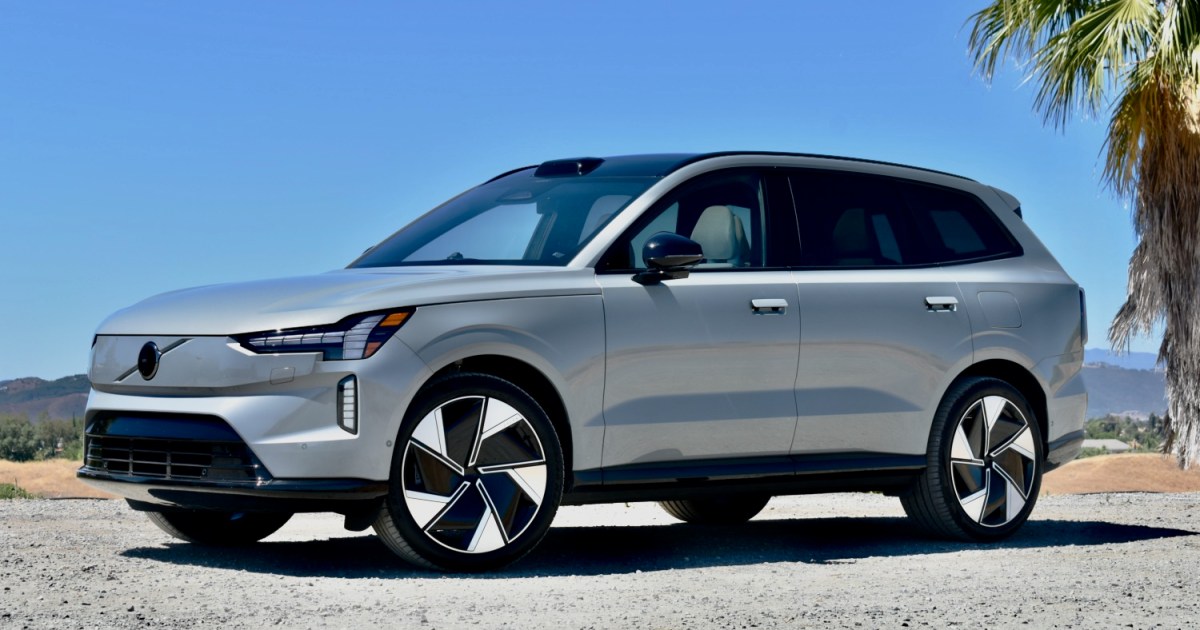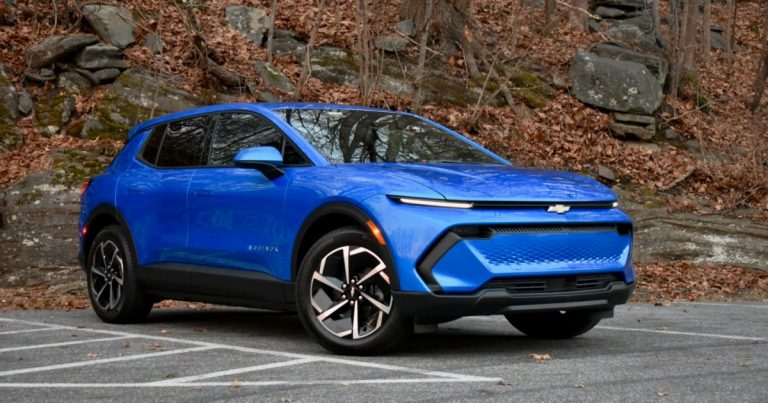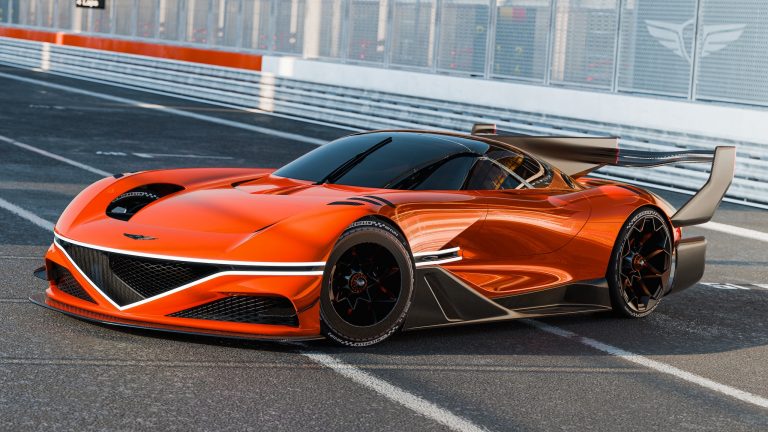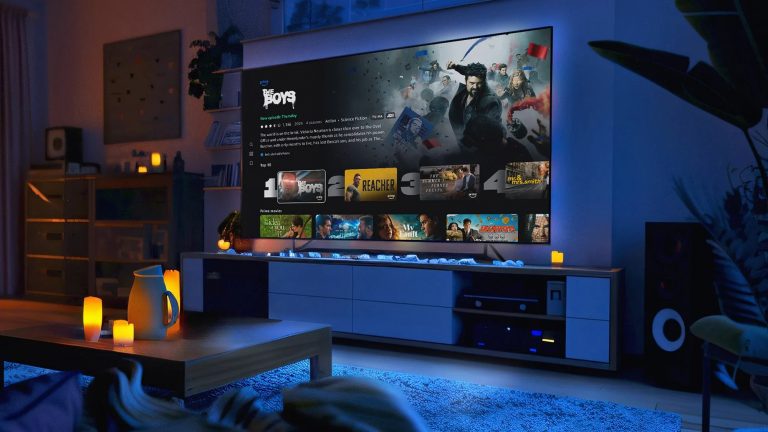Revolutionize Your Tech Stack with Volvo’s Breakthrough Do-It-All Platform

Volvo’s Electric Dreams: The EX90 is Finally Here
Volvo is at an inflection point, and the launch of the new Volvo EX90, the long-awaited flagship electric SUV, marks a new era for the Swedish automaker. The EX90 packs a punch, with a bold design, modern features, and Google’s Android Automotive software. But, more importantly, this vehicle represents the debut of Volvo’s Superset platform, a tech stack designed to power its upcoming electric vehicle lineup.
A New Platform for a New Era
The Superset platform is a game-changer, as it enables seamless software updates and customizable features across all Volvo’s electric vehicles. With the EX90, Volvo has set the bar high, with its Scandinavian design, modern amenities, and cutting-edge technology. But, as the automotive landscape continues to evolve, Volvo must navigate increasing competition from rival automakers and emerging players like Rivian.
Software-Defined Vehicles: The Future of the Car
Digital Trends sat down with Anders Bell, Volvo’s Chief Technology Officer, to discuss the software-defined vehicle (SDV) concept and its implications for the industry. "When we look at our roadmap, we try to predict the compute and hardware requirements going forward year by year, and see when do we plan which upgrade and what do we need at the get-go." According to Bell, the SDV is not just about providing a better user experience but also about creating a more connected and adaptive vehicle.
Unlocking the Potential of Software-Defined Vehicles
So, what does the future hold for software-defined vehicles? "I think it’s very exciting," Bell says. "The car is a hardware product, including compute, sensing, and actuation — the ability to move stuff. It needs to be looked at like it has capabilities to be unlocked over time with software and also combined in new ways which we haven’t thought about before." As the industry continues to evolve, it’s clear that software will play a crucial role in shaping the future of the car.
Getting Ready for the Future
As Volvo gears up for its next phase, it’s essential to think about future-proofing. Bell believes that predicting the compute and hardware requirements will be key. "We already announced we will be upgrading to Nvidia Thor. We’re working on the Qualcomm roadmap, so we know when we will be upgrading the different stuff. We know how much memory we need when and where." By doing so, Volvo aims to stay ahead of the curve and avoid throwing in too much hardware that may not be needed in the future.
Enabling the Next Generation of ADAS
The EX90’s advanced driver-assistance systems (ADAS) are designed to take care of the driver, not distract them. Capacitive sensing, pressure sensors, and camera systems all work together to provide a more intelligent and connected driving experience. As Bell notes, "The car is supposed to take care of you and not distract you. But those are also including interior radars, pressure sensors, buckle switches, track position switches. That’s another area where we kind of watch the minimal set of interior sensing that gives you the richest data set possible and how do we get there."
The Future of Interior Sensing
Bell is optimistic about the future of interior sensing, citing the potential benefits of being able to collect and correlate data. "We’re always looking at a wide range of technologies. Right now, we see that LiDAR is giving a lot of benefits in the automation aspect of things, driving. And that’s primarily where we put it right now." But he leaves room for other technologies to emerge, stating, "Then there’s always other technologies that we’re looking at that could do the same or a similar job."
Conclusion
The Volvo EX90 marks a new era for the brand, just as the software-defined vehicle concept will reshape the automotive industry. As we move forward, it’s crucial for automakers to stay ahead of the curve, predict future needs, and adapt to the ever-changing landscape. With its Superset platform and bold design, Volvo is poised to lead the charge.






